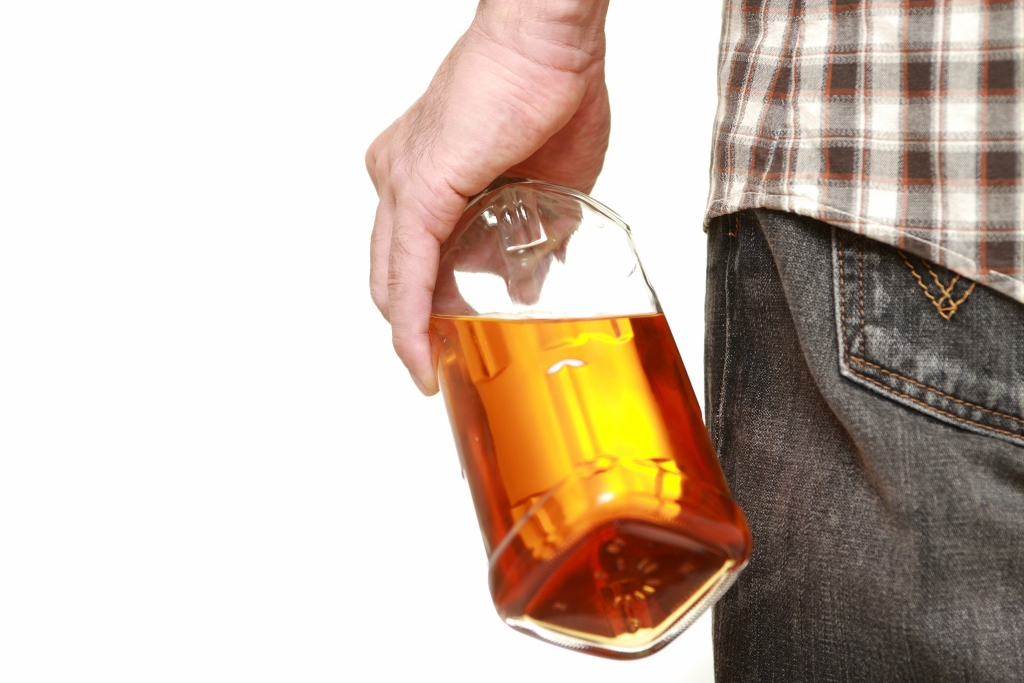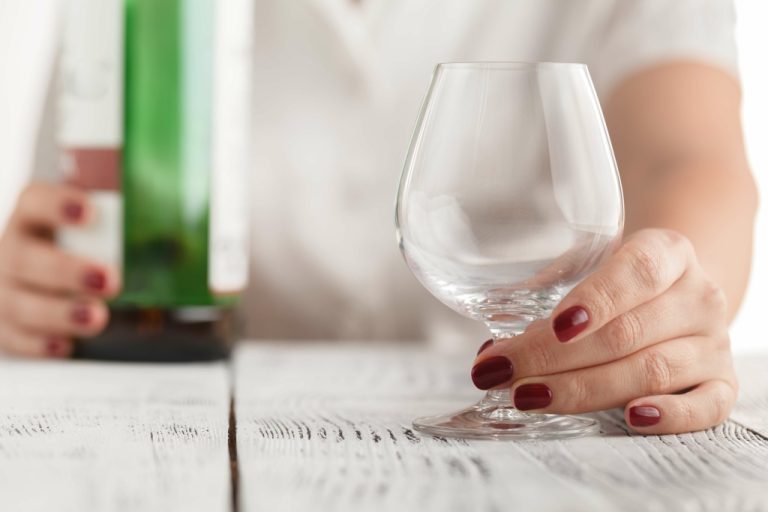Continuing to talk with your doctor throughout the course of your treatment is important for determining the strategies that prove beneficial and those that may not be as effective. It’s critical to have a support network of understanding people who can not only check in on you but also empathize with your experience. Then consider joining our Move Against Migraine support group on Facebook so you can connect with others who live with migraine. The content on this website is provided for educational purposes only.
About Medical News Today
(Cocktail Headaches) Unlike withdrawal headaches, hangover pain typically resolves within 24 hours with proper hydration and rest. There is no scientific evidence to support the idea that wine is a cure for headaches. In fact, there are several studies showing that alcohol consumption is a known trigger of migraines for some people. A commonly held belief is that alcohol, particularly red wine, can help in reducing the pain and frequency of headaches. While many people find this to be true from their own personal experience, experts suggest the opposite.
Symptoms
This documentation becomes crucial if you need to consult with healthcare providers, as it provides objective data about your symptoms and their relationship to alcohol consumption. A 2021 review that included 6 studies found that treatment with 30–800 mg of CoQ10 per day was effective for reducing migraine frequency and duration (40). Studies have shown that treatment with supplemental magnesium, in many different doses and forms, may help reduce both the frequency and the severity of migraine headaches (14). Drinking beer is more Drug rehabilitation effective at relieving pain than taking over-the-counter painkillers.
Drink water

Understanding how alcohol can impact migraine headaches is crucial for managing this condition effectively. Certain alcohols containing high levels of tyramine, histamine, and sulfites are known to trigger migraines in some individuals. Red wine, beer, whiskey, and champagne are often reported as common triggers due to their high levels of these compounds. This data suggests that there may be a misperception that drinks containing alcohol cause migraine attacks. Still, in population-based studies in various countries, including the U.S., Japan and Italy, researchers found that fewer people with migraine consume alcohol than those without migraine.
Alcohol withdrawal is challenging to get through due to a combination of physiological and psychological factors. The severity and duration of withdrawal symptoms can vary depending on several factors, including the level of alcohol consumption, https://elegantza.co.za/2020/07/28/twenty-for-20-iconic-eco-friendly-homes-of-the/ individual health, and any underlying medical conditions. Alcohol withdrawal headaches typically occur 6-24 hours after your last drink and are accompanied by other withdrawal symptoms like tremors, sweating, anxiety, and irritability.
- Our Move Against Migraine support group is a place for you to connect with others (via Facebook) who live with migraine to exchange stories and find community and support.
- Alcohol-induced headaches generally resolve within 72 hours of onset, although they can and many do last for a shorter time period.
- Although any type of alcohol can trigger a migraine, people who experience regular migraine attacks cite red wine as the most frequent culprit.
- Alcohol also alters sleep patterns, which can be a trigger for migraines for some people.
Headaches and migraines are both types of painful sensations in the head, but they have distinct characteristics and underlying causes. From a physiological perspective, migraines are believed to involve abnormal brain activity, while headaches can have various triggers, such as dehydration or tension. Migraines often present with additional symptoms beyond head pain, such as nausea, sensitivity to light and sound, and visual disturbances. On the other hand, headaches typically do not involve these accompanying symptoms and are generally milder in intensity.
What Are the Symptoms of Alcohol Withdrawal?
A 2023 review of studies concluded that alcohol consumption increases the risk of headaches, particularly migraine and tension-type headaches. Alcoholic drinks also contain chemicals called congeners, which may also trigger migraine headaches in certain people. A second explanation for the results presented in our meta-analysis might encompass a certain protective role of alcohol with regards to migraine. However, according to this idea, populations with higher migraine prevalence should have lower alcohol consumption. For example, due to religious requirements, people in Iran consume considerably less alcohol than Europeans 22, 84; nevertheless, migraine prevalence in Iran is 15.1% 85 while in Europe it is 35% 86. In Europe, alcohol consumption is higher than in Asian countries, but in Europe alcohol as a trigger is reported more frequently than it is in Asia 87.

Peppermint is another ancient remedy for soothing an upset or nauseous stomach, and studies suggest it may help with head pain, too. Our network site Everyday Health shares how peppermint can relax nerves and muscle spasms in the gut. If you’re particularly dehydrated, perhaps due to vomiting, can alcohol help with headaches consider electrolytes. There are several powders, ready-made drinks, and tablets on the market with different formulations of magnesium, calcium, potassium, sodium, and sugar.

- Being mindful of your personal tolerance for alcohol and knowing when to stop can significantly decrease the risk of a migraine onset.
- Alcoholic drinks also contain chemicals called congeners, which may also trigger migraine headaches in certain people.
- In fact, drinking alcohol can actually lead to more frequent and more severe headaches.
- The best way to avoid getting a headache when drinking is to limit your consumption.
- Analysis of the 22 included studies revealed 5 cohort studies 36, 45, 52, 55, 58, 11 cross-sectional 26, 27, 44, 46,47,48, 51, 56, 57, 59, 60 and six case-controls 49, 50, 53, 54, 61, 62.
With the huge focus on organic foods and what we all eat, there should be as much attention put on what we drink. Alcohol is embedded in our society, and it is difficult to be in a public space without seeing a reference to alcohol or being offered a drink. Alcohol is broken down in the liver by an enzyme called alcohol dehydrogenase. People with a variant in this enzyme have issues with metabolizing alcohol and can develop total body flushing or reddening of the skin.
The link between alcohol and migraine
- “The most common alcohol that triggers a migraine attack is red wine, followed by white wine, champagne and beer,” she says.
- Our team of specialists helps individuals navigate the recovery process and stay motivated.
- However, some symptoms, such as headaches, fatigue, and insomnia, can persist for several weeks or longer.
- Some of them assessed the drinking by daily alcohol intake 44, 45, 47, 48, 55, 58, 59, 62, part of them measured drinking within one week 44, 47, 51, 53, 60, 61 or month 36, 44, 47, 49, 51.
- Tension headaches typically present as a constant dull ache on both sides of the head.
Patients often make this decision after experiencing a strong connection between alcohol and migraines firsthand. High alcohol and congener content of alcoholic drinks can increase the chance of developing a headache after drinking. People prone to headaches may have a higher risk of experiencing alcohol-related headaches.
First of all, the existing studies present data in a heterogeneous way, which may have led to inaccurate results, and do not provide an exhaustive array of information. Information on the gender of participants was unavailable for analysis. So, the question of who is drinking more with a primary headache is still to be addressed. Additionally, only a few of the studies divided participants into migraine with and without aura.

